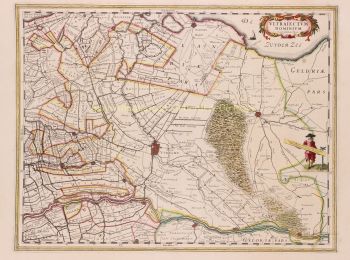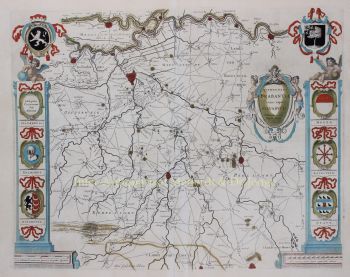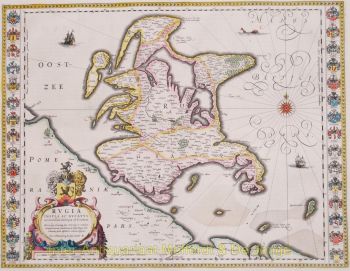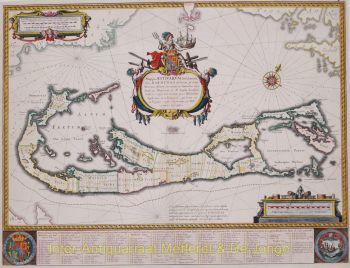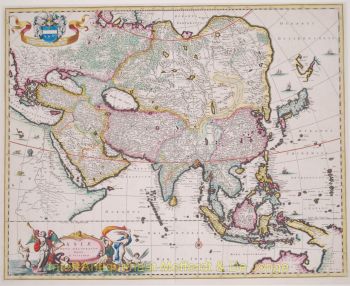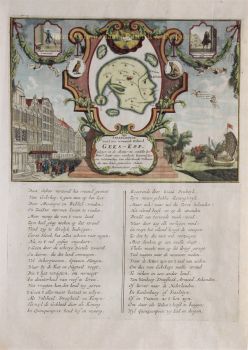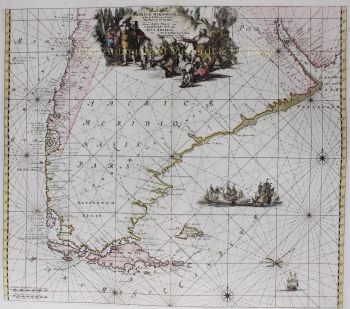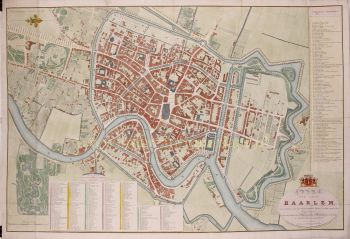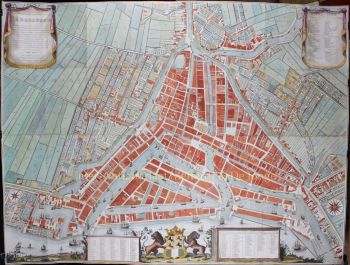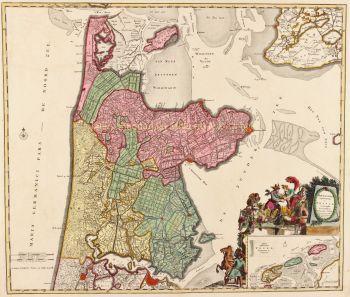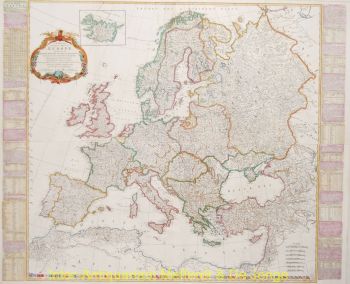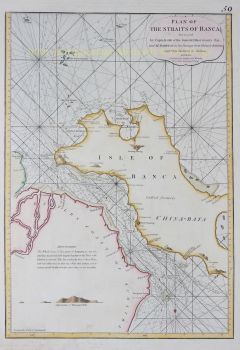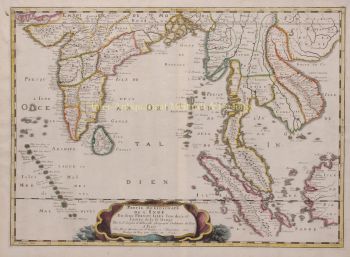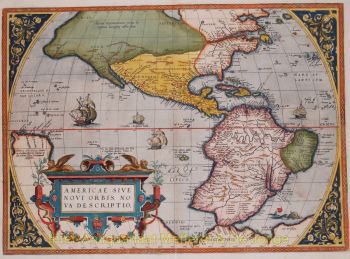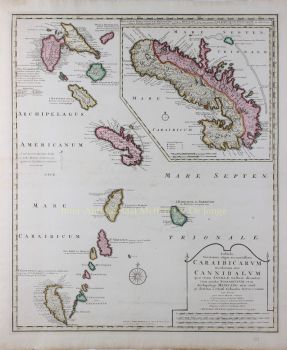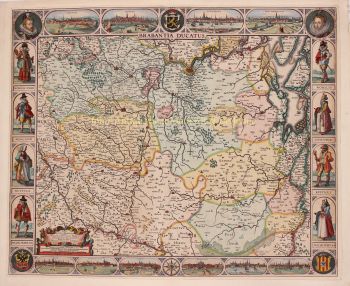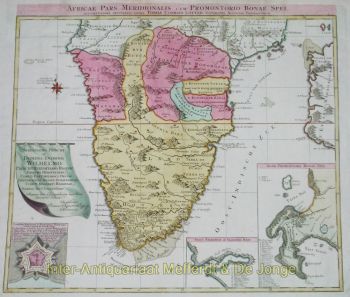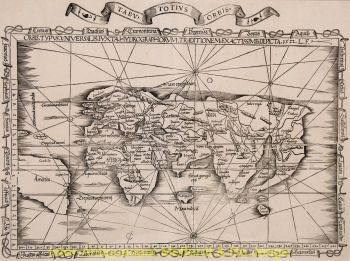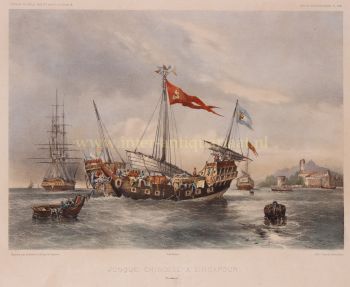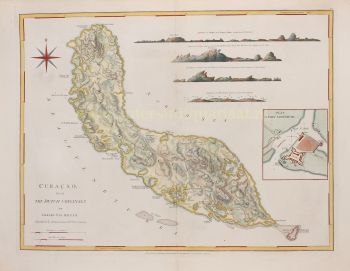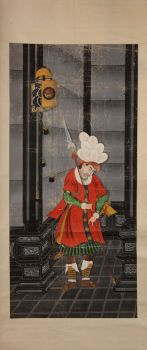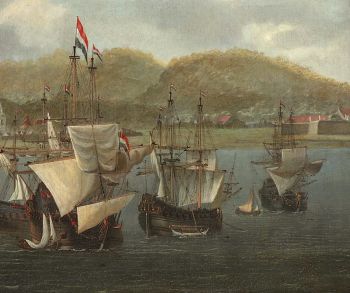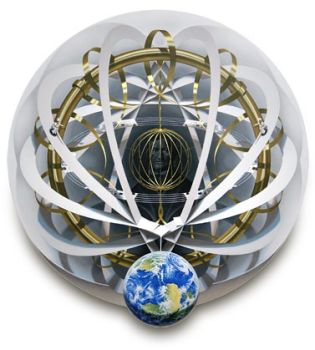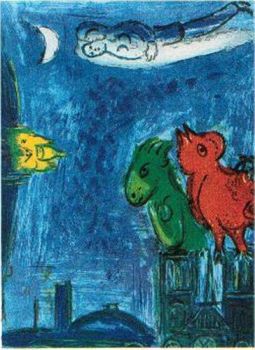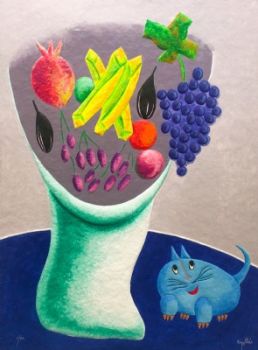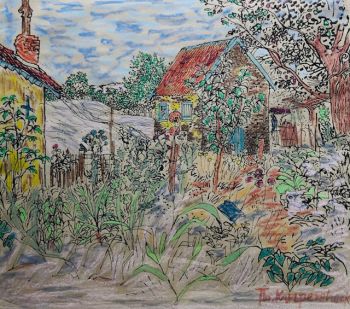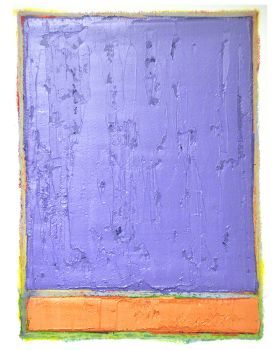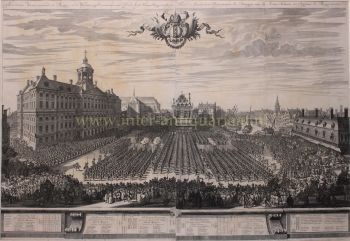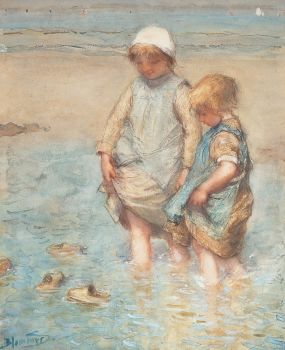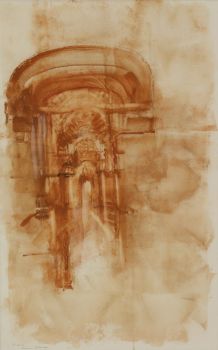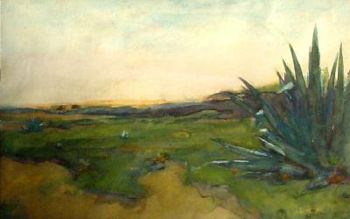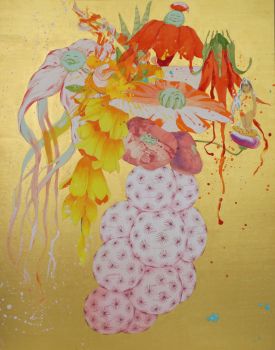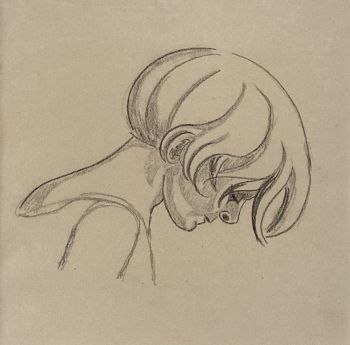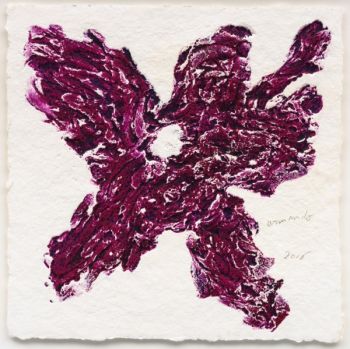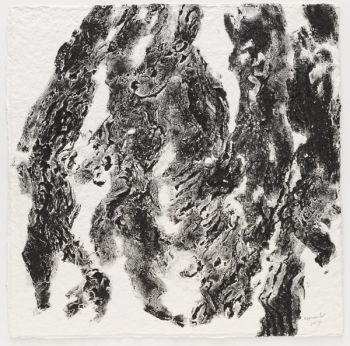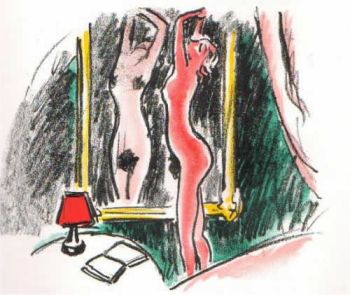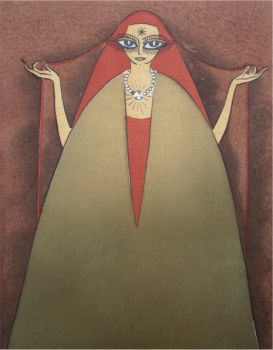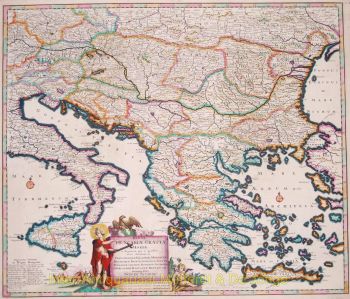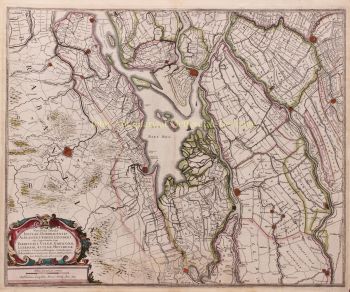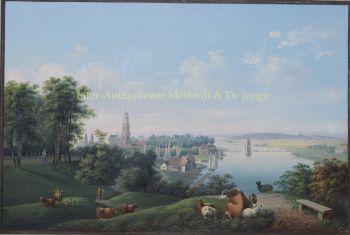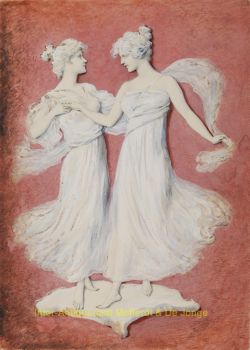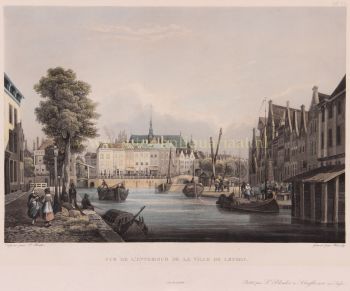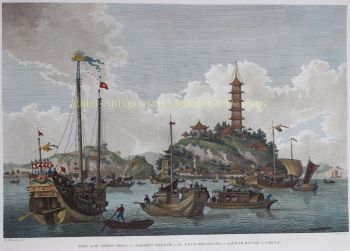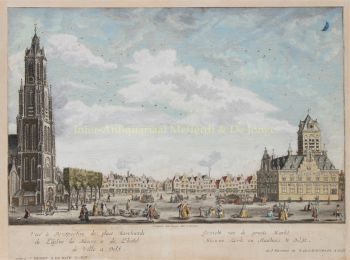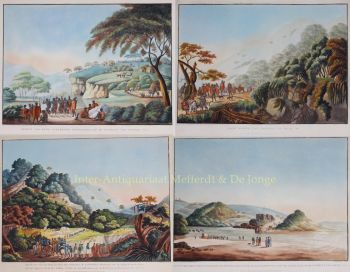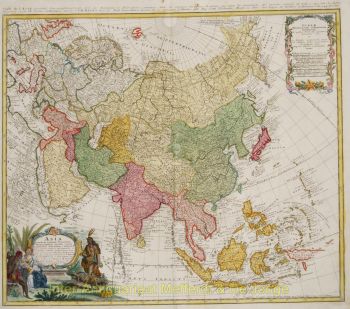World map 1606
Willem Janszoon Blaeu
TintaPapelImpresión
41 ⨯ 55 cm
€ 11.500
Inter-Antiquariaat Mefferdt & De Jonge
- Sobre la obra de arteICONIC WORLD MAP BY WILLEM BLAEU "Nova Totius Terrarum Orbis Geographica Ac Hydrographica Tabula" copper engraving first published in 1606 by Willem Blaeu in Amsterdam. Coloured by a later hand. Size: 55 x 41 cm. Nice example of Blaeu's classic world map in the so-called Mercator projection. This is one of the most famous landmarks of 17th-century cartography. Engraved and signed by Joshua van den Ende, reduced from Blaeu's wall map of 1605, it first appeared as a separate publication in 1606. In 1630 it was incorporated into Willem Blaeu's "Atlantis Appendix" and then into the "Atlas Novus" in all subsequent editions until 1658. Its influence was enormous, and it was closely copied by some of the greatest Dutch cartographers, such as Pieter van der Keere and Johannes Janssonius. Others, such as the house of Hondius, were forced to produce their own highly decorative maps to compete. Geographically, the map was a reduction of Blaeu's large map of the world published in 1605. The charming cartouche in the interior of North America mentions its discovery by Columbus in 1492 and being named after Amerigo Vespucci in 1499. There is some confusion in the depiction of the landmass of the East coast of the United States, probably as a result of Indian reports of large bodies of water inland, almost certainly the Great Lakes. California is correctly shown as a peninsula. The Le Maire straits, separating Tierra del Fuego from South America, copied from an earlier map by Hondius, are clearly shown. In the north, a note beside "Nova Zembla" in the Arctic declares that it was reached by Willem Barentsz in 1596. In the Far East Korea is shown as an island and northern Australia is shown without any place names. Decoratively the most striking features of this map are the magnificent and innovative panelled borders. The upper border shows allegorical figures of the sun and moon and the five known planets; Mercury, Venus, Mars, Jupiter and Saturn. Along the bottom border are depictions of the seven wonders of the ancient world; the Hanging Gardens of Babylon, the Colossus of Rhodes, the Great Pyramid at Giza, the Mausoleum at Hallicarnassus, the Temple of Artemis at Ephesus, the Statue of Zeus at Olympia and the Lighthouse of Alexandria. Running down the left hand side of the map are representations of the four elements (Fire, Air, Water and Earth) and on the right, the Four Seasons. In the cartouche in the lower right Blaeu dedicated the map to Cornelis Hooft, the Dutch merchant and Amsterdam regent during the Golden Age. . Reference : Rodney Shirley "The Mapping of the World', no. 255 Price: Euro 11.500,-
- Sobre el artista
"Willem Janszoon Blaeu y su hijo Joan personificaron la 'edad de oro' de la cartografía holandesa. Trabajando durante el siglo XVII, Willem Blaeu dibujó una serie de mapas innovadores y publicó el primer atlas.
Nació en 1571 en Amsterdam y trabajó inicialmente como empleado en el comercio familiar de arenque. Sin embargo, no estaba contento con su ocupación y se fue de casa en 1594 para estudiar matemáticas con Tycho Brahe, el famoso astrónomo. Blaeu fue un buen estudiante que impresionó mucho a su tutor, y cuando completó sus estudios regresó a Amsterdam y estableció un negocio como cartógrafo. Su negocio floreció y su reputación creció. Fue el primer cartógrafo en producir mapas de una sola hoja de muchos países europeos.
En 1605 hizo un mapa mural del mundo, que abarca 20 hojas, cada una de 8 pies de ancho. Este mapa fue, con mucho, el más preciso de la época y contribuyó de manera destacada al conocimiento de la geografía mundial.
Su mapa siguió siendo el más preciso hasta 1648, cuando su hijo, Joan, quien también se convirtió en un famoso cartógrafo, lo actualizó. Pero su mayor logro fue la producción del primer atlas en 1630. El nombre Blaeu era en realidad un apodo familiar que Willem tomó después de que se produjo una confusión entre él y su gran rival Joannes Jansonius.
¿Está interesado en comprar esta obra de arte?
Artwork details
Related artworks
- 1 - 4 / 8
- 1 - 4 / 24
Shiba Kokan
Pintura de un holandés de fantasíaearly 19th
Precio a consultarZebregs & Röell - Fine Art - Antiques
Artista Desconocido
A large Japanese Imari porcelain 'VOC Groningen' dish1800 - 1925
Precio a consultarZebregs & Röell - Fine Art - Antiques
Artista Desconocido
Holandeses en miniatura18th century
Precio a consultarZebregs & Röell - Fine Art - Antiques
Artista Desconocido
PAREJA DE ANTORCHAS O VELAS DE TECA DORADA Y LACADA INDONESIA18th century
Precio a consultarZebregs & Röell - Fine Art - Antiques
Artista Desconocido
Dos retratos de estudio de Mas Marco Kartodikromo1900 - 1950
Precio a consultarZebregs & Röell - Fine Art - Antiques
1 - 4 / 24Rene Rietmeyer
TOKYO - Kudan House - January 2021 #032021
Precio a consultarEuropean Cultural Centre Collection
Bernardus Johannes Blommers
SPELENDE VISSERSKINDEREN1845 - 1914
Precio a consultarGalerie Het Noorderlicht
1 - 4 / 24- 1 - 4 / 12




